The Scottish Highlands have always been a place where misty lochs greet ancient mountains, and legends seem as tangible as the rain-drenched heather. Although millions visit Edinburgh Castle and Loch Ness each year, Scotland’s true gems lie off the main route, waiting for adventurers who will go beyond the tourist path.
With more than 10,000 square miles of dramatic terrain, the Highlands offer countless hidden places even many locals don’t know about. Here are 20 best-kept secrets highlighting this amazing region’s natural beauty and rich heritage.
Sandwood Bay
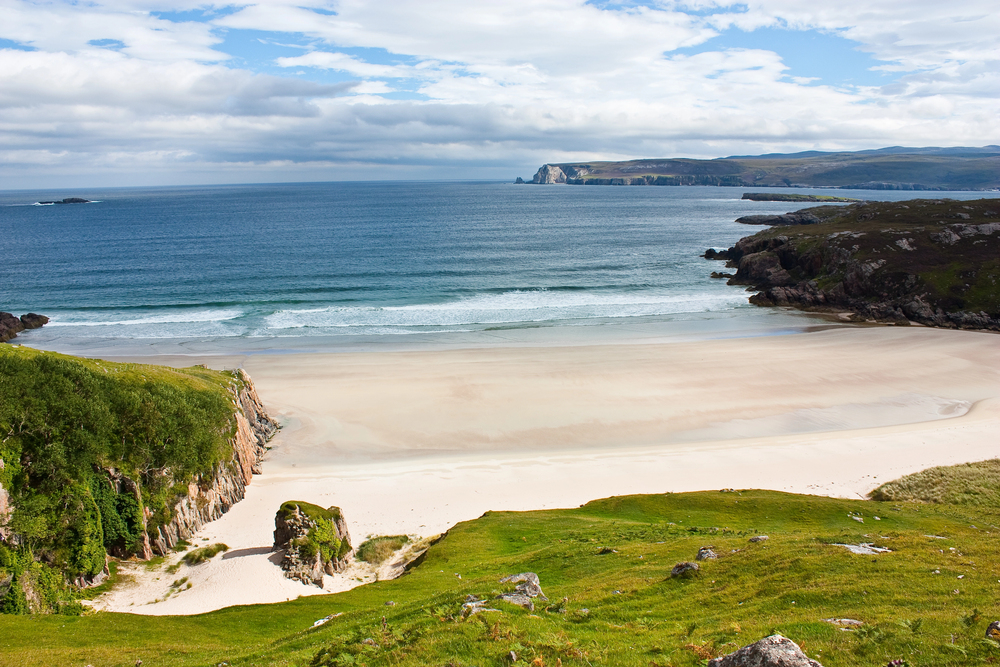
Reaching this remote beach requires a 4.5-mile trek through boggy moorland, but the reward is Scotland’s most spectacular stretch of sand. Pink-hued cliffs guard a mile-long beach where shipwrecks occasionally surface from beneath the shifting sands, and seals outnumber human visitors on most days.
Local fishermen claim to spot mermaids here during summer twilights, and given the otherworldly beauty of this place, it’s almost believable.
Corrieshalloch Gorge
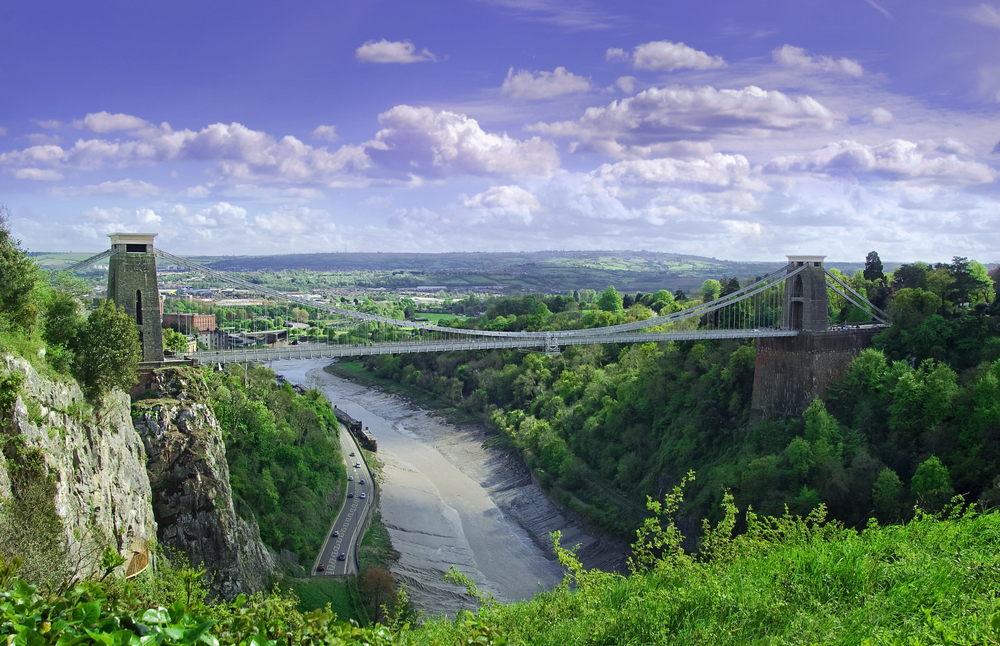
This mile-long chasm plunges 200 feet into darkness, with the Falls of Measach thundering through its depths. A Victorian suspension bridge spans the narrowest point, swaying gently as you peer into the ancient geological wound where rare ferns and mosses cling to the vertical walls.
The gorge was formed 13,000 years ago when glacial meltwater carved through the landscape, and today it’s home to species of plants found nowhere else in Britain.
Like Travel Pug’s content? Follow us on MSN.
The Bone Caves
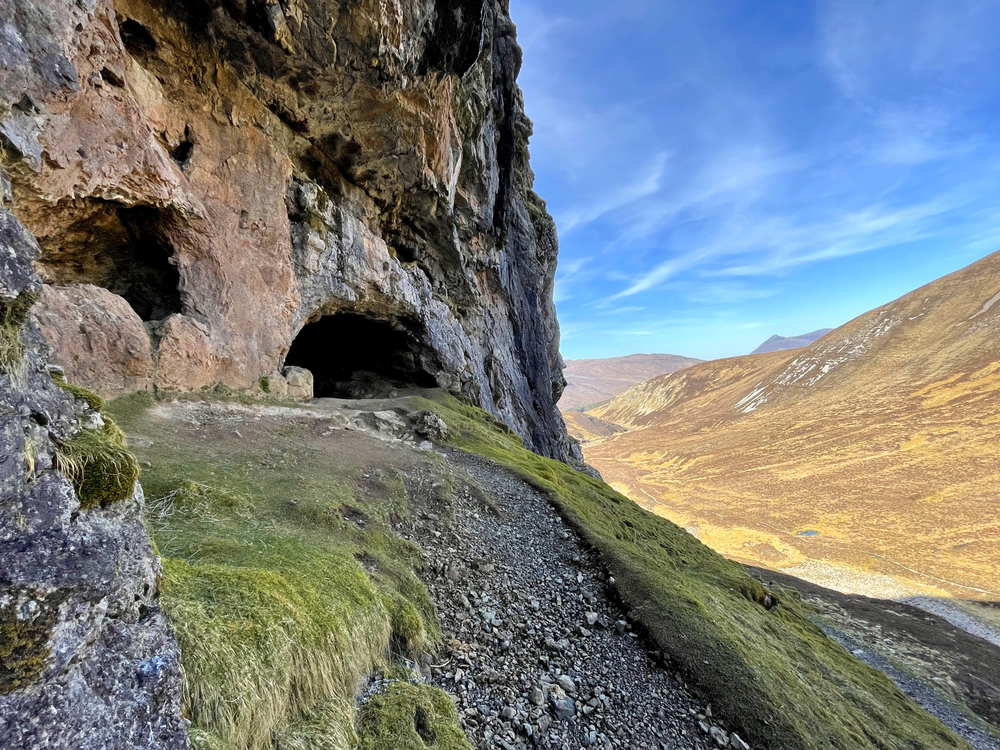
These limestone caves at Inchnadamph contained the skeletons of polar bears, lynx, and wolves from Scotland’s ice age. Now the chambers echo with the sound of dripping water, and archaeologists continue to discover pieces of animals that wandered here 50,000 years ago.
More recent excavations uncovered human remains dating back 8,000 years, making this one of Scotland’s oldest known settlements.
Ardvreck Castle
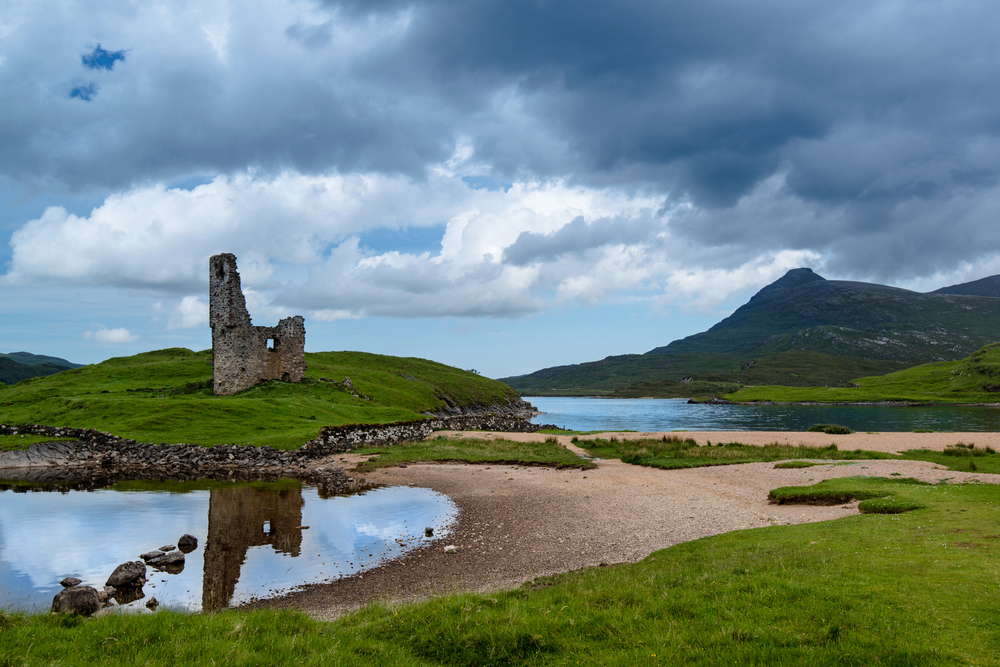
The skeletal ruins of this 16th-century stronghold rise from a peninsula jutting into Loch Assynt. Local legend claims the castle was built with help from the devil himself, and on stormy nights, you can understand why—the wind howls through empty window frames like lost souls.
This was also where the Marquis of Montrose was imprisoned before his execution, adding another layer of tragedy to the already haunting atmosphere.
Smoo Cave
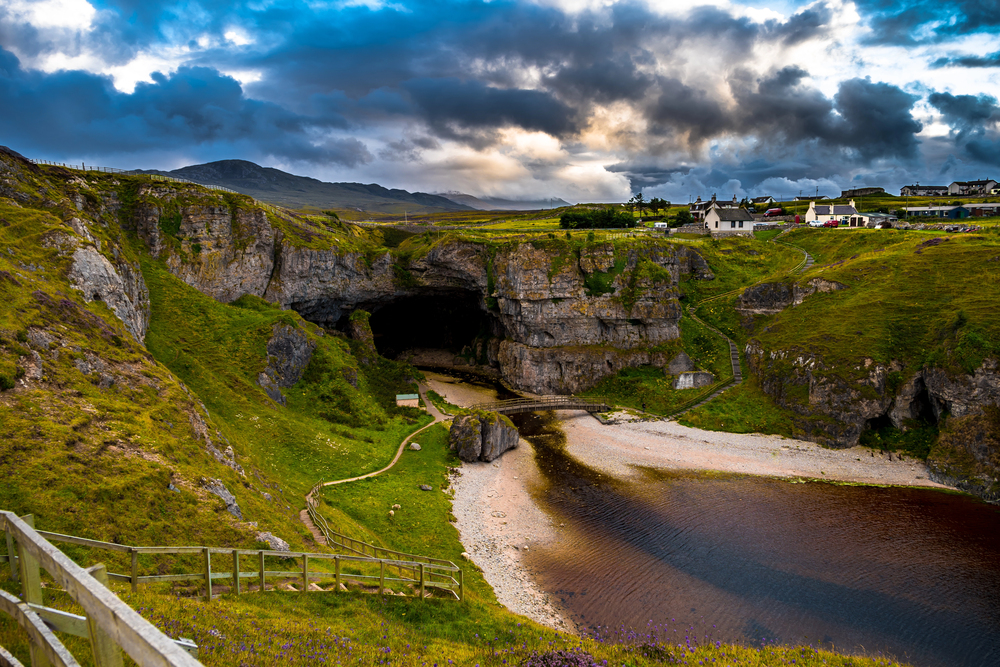
Smoo combines both in a dramatic underground cathedral, part sea cave, part freshwater cave. A waterfall crashes through the roof into the main chamber, creating an otherworldly atmosphere where Vikings once sheltered their longboats.
The name comes from the Old Norse ‘smuga,’ meaning hiding place, and smugglers continued this tradition well into the 19th century.
Like Travel Pug’s content? Follow us on MSN.
Clachtoll Beach
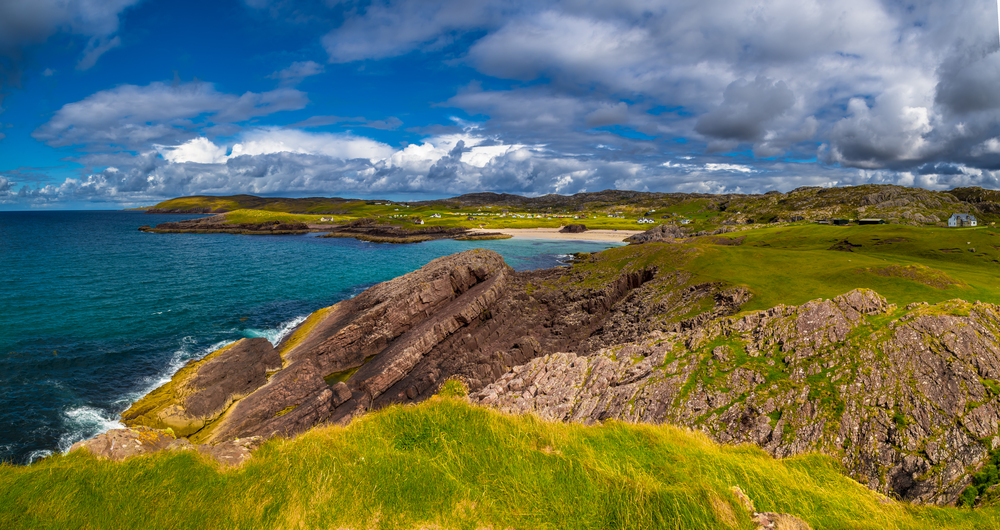
Twin sea stacks guard this crescent of white sand, where crystal-clear waters reveal ancient rock formations beneath the surface. The beach faces due west, making it one of the finest sunset-watching spots in Scotland, with the Hebrides silhouetted on the horizon.
During low tide, you can explore caves carved into the sandstone cliffs, where locals once stored illicit whisky during the clearances.
Steall Waterfall
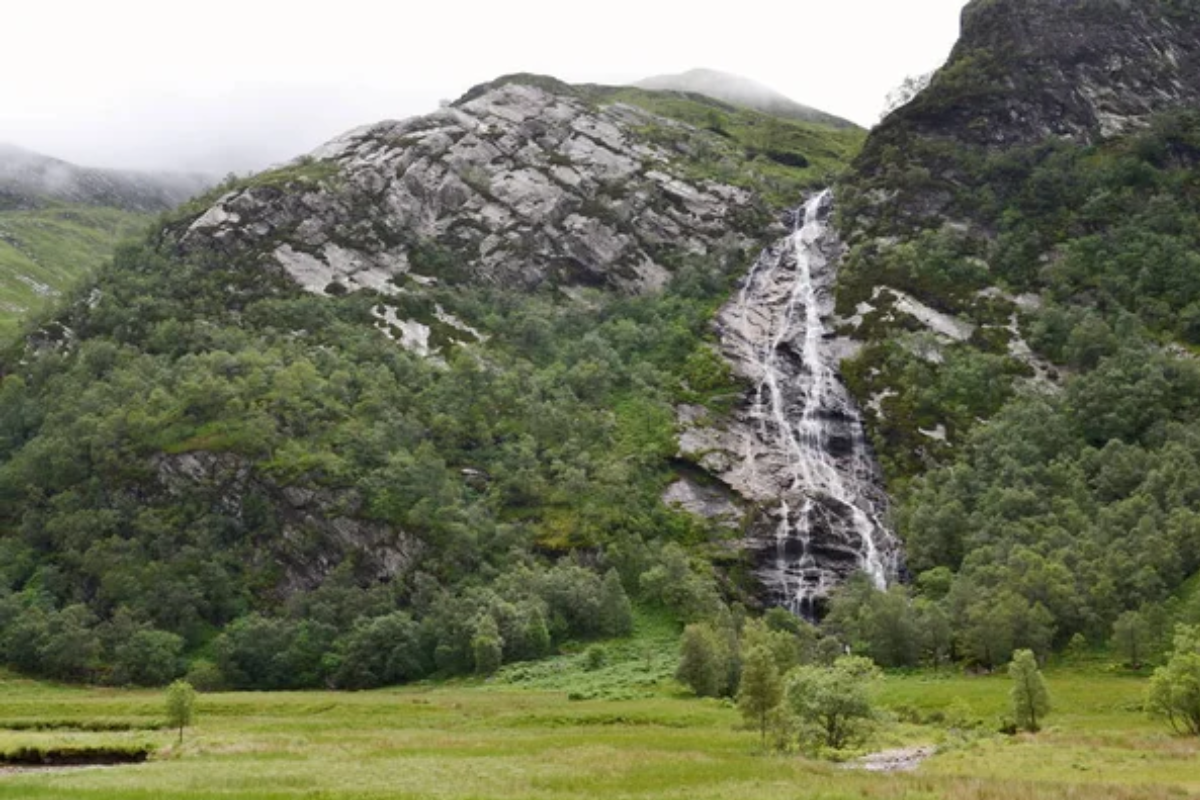
Scotland’s second-highest waterfall drops 390 feet down the face of An Gearanach. Reaching it requires crossing a wire bridge that’s essentially three cables strung across a gorge—not for the faint-hearted, but the thundering cascade rewards the brave.
The surrounding Nevis Gorge is often called Scotland’s Himalaya, and on misty days, the waterfall seems to emerge from the clouds themselves.
Stac Pollaidh
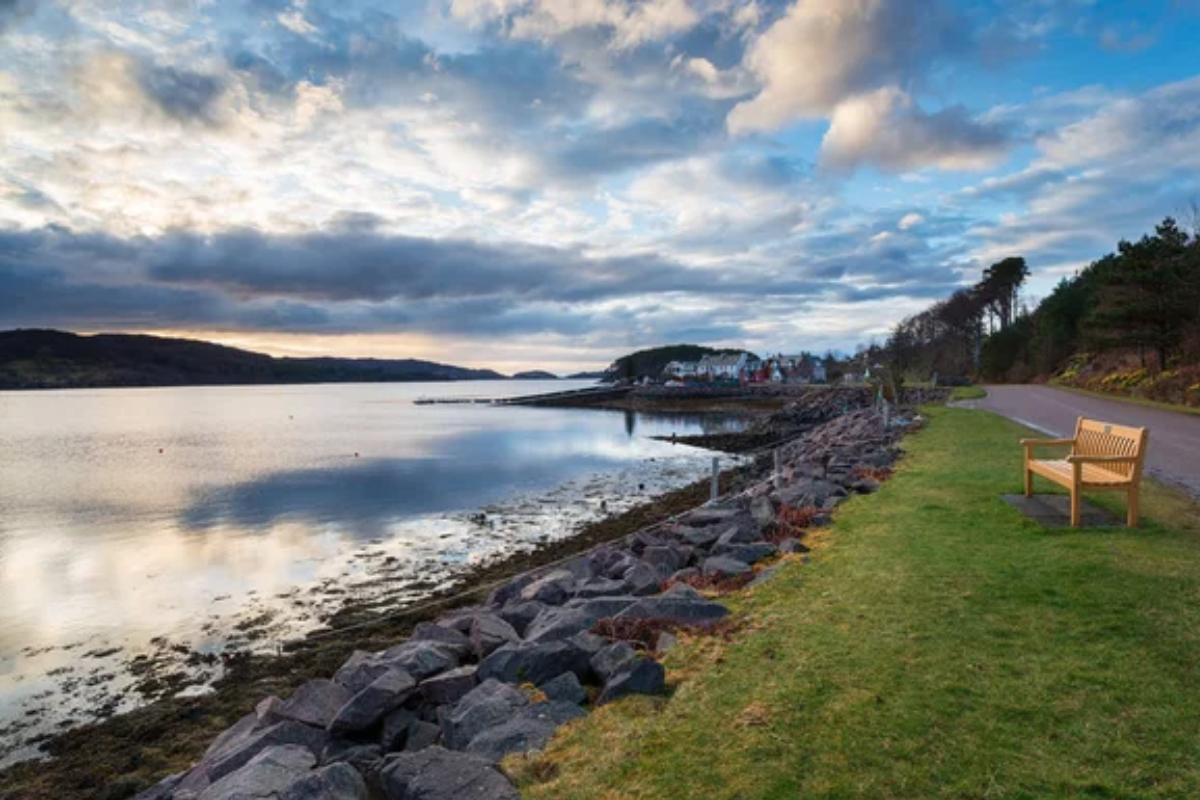
This miniature mountain packs more drama into its 2,000 feet than peaks twice its height. The bizarre pinnacled ridge resembles a dragon’s spine, offering 360-degree views across the Northwest Highlands to the Summer Isles.
The sandstone constantly erodes, creating new shapes and features, meaning no two visits are ever quite the same.
Like Travel Pug’s content? Follow us on MSN.
Sands of Morar
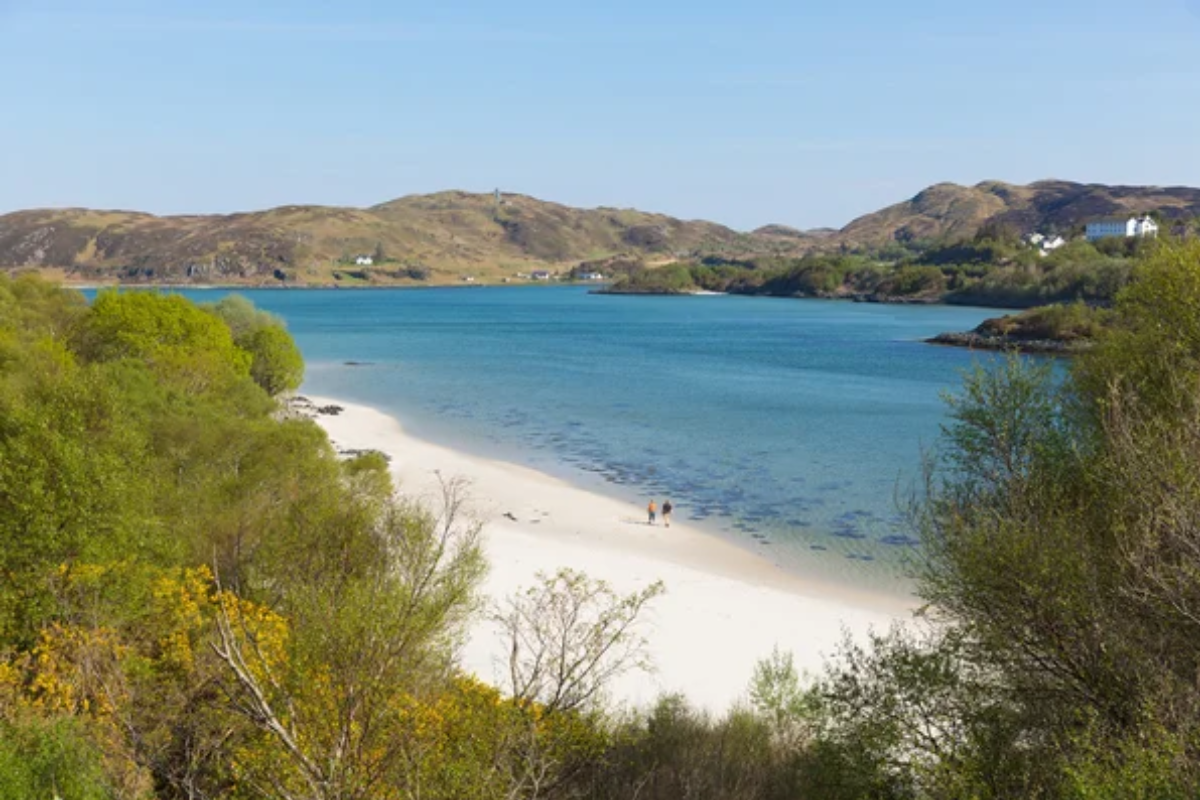
These Caribbean-white beaches stretch for miles along Scotland’s deepest loch. The sand is crushed shells, contrasts with the dark waters where Morag, Loch Morar’s monster, supposedly lurks.
At 1,017 feet deep, Loch Morar could hide anything in its mysterious depths, and local fishermen still report strange disturbances on calm days.
Duncansby Stacks
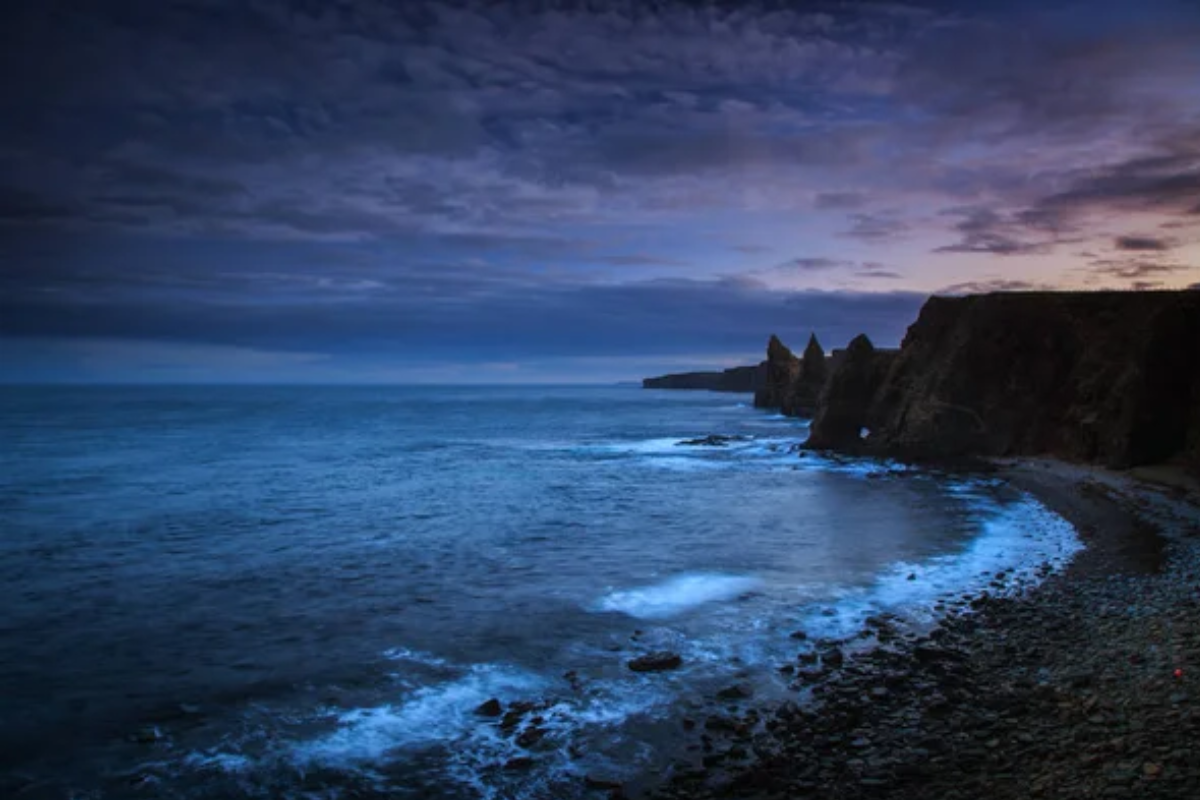
Beyond John O’Groats, these dramatic sea pinnacles rise from the North Sea like ancient sentinels. The surrounding cliffs host thousands of seabirds, while the constant battering of waves creates ever-changing patterns in the sandstone.
The largest stack, called the Knee, stands 200 feet tall and gradually separates from the mainland to form Scotland’s newest island.
Gylen Castle
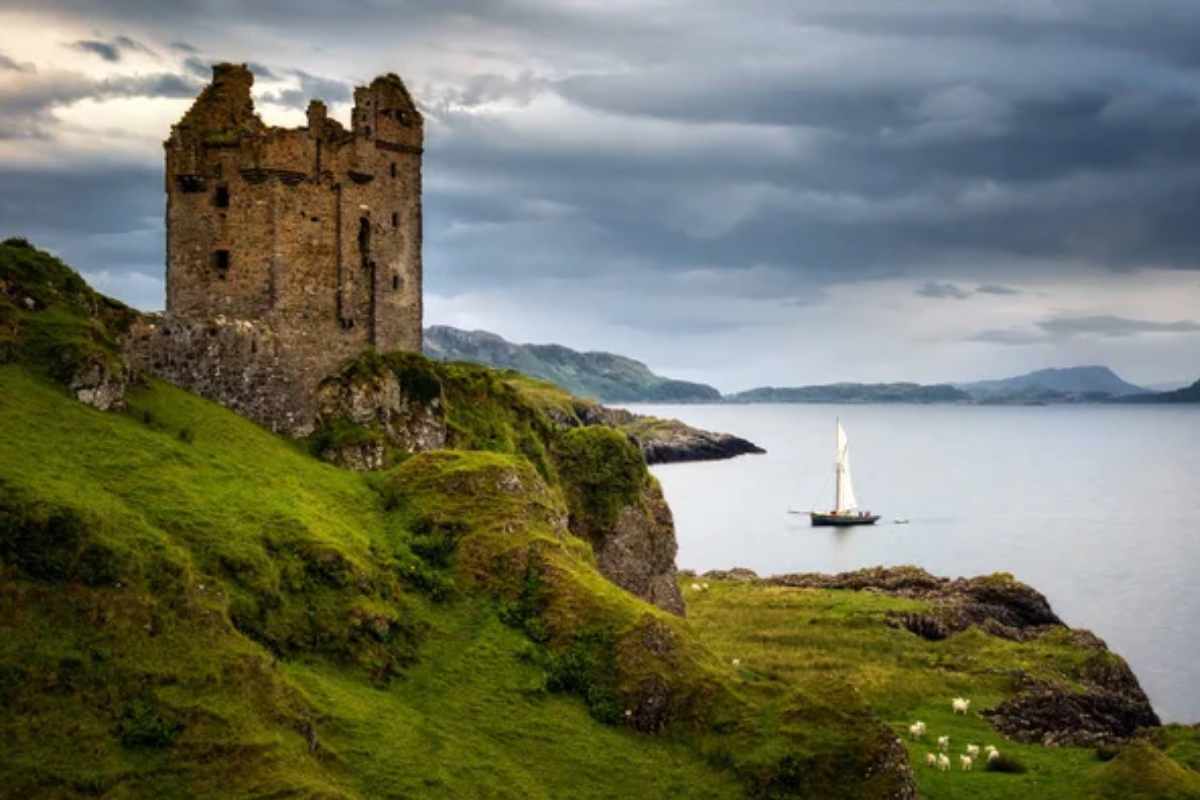
Perched on a rocky promontory on Kerrera Island, this 16th-century fortress guards the approaches to Oban. Its three remaining walls frame perfect views of Mull, and the clifftop setting makes it feel like the edge of the world.
The castle was built by the MacDougalls in 1582 but was besieged and burned just 65 years later, leaving it to the elements and wandering sheep.
Like Travel Pug’s content? Follow us on MSN.
The Quiraing
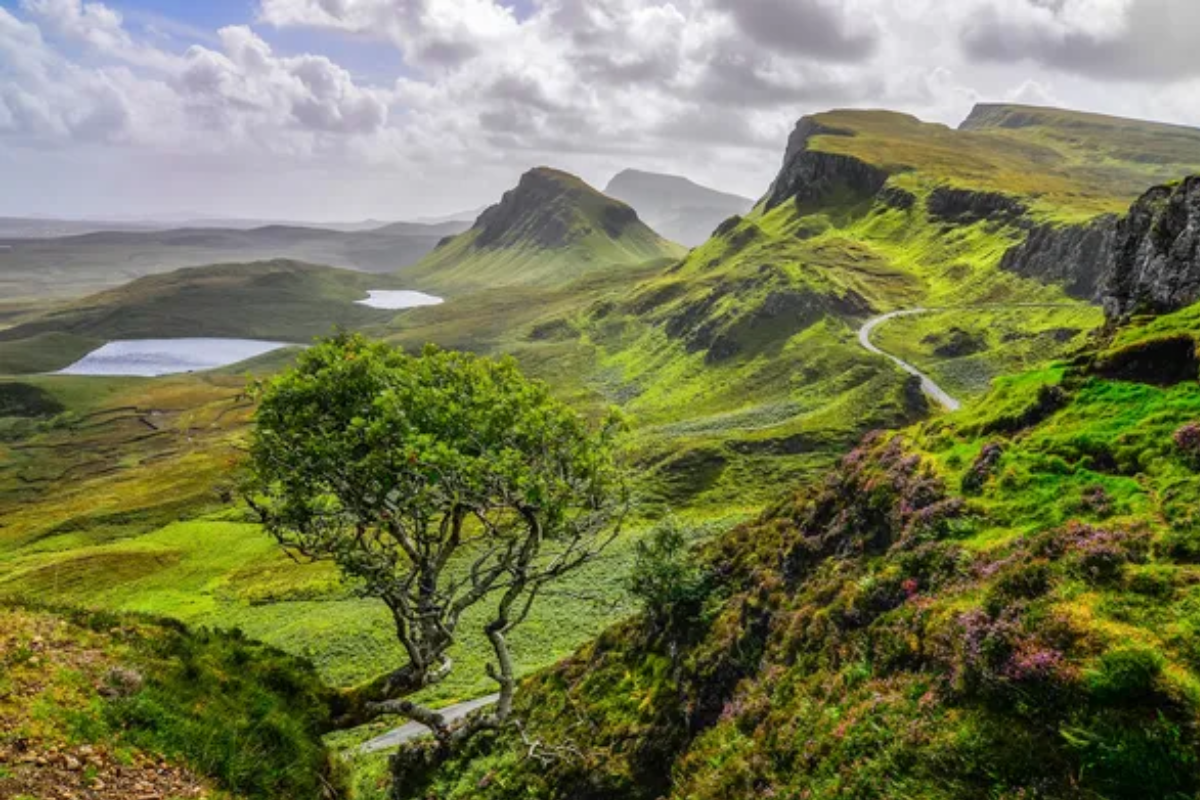
This otherworldly landscape of towering pinnacles and hidden plateaus formed when ancient landslides created a natural amphitheater. The rock formations have names like The Prison and The Needle, and mist often swirls between them like stage smoke.
The ground here is still moving at about 3 inches per year, making it Britain’s largest active landslip and constantly reshaping this geological wonderland.
Coire Gabhail
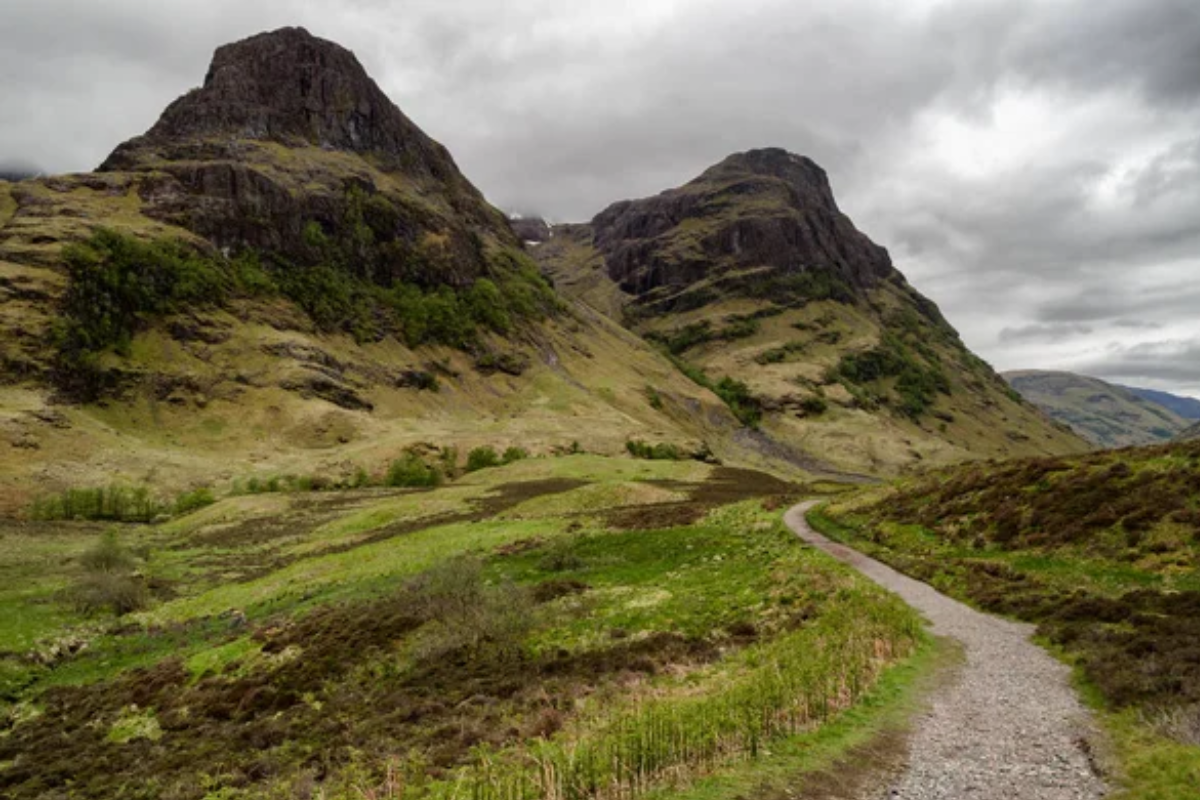
Known as the Lost Valley, this hidden glen once sheltered stolen cattle, and it is accessed only through a narrow gorge. Today, hikers scramble over massive boulders to reach the flat valley floor where the MacDonald clan once hid their rustled herds.
The valley formed when a massive rockfall blocked the original watercourse, creating this secret sanctuary that evaded discovery by government troops for generations.
Achmelvich Beach
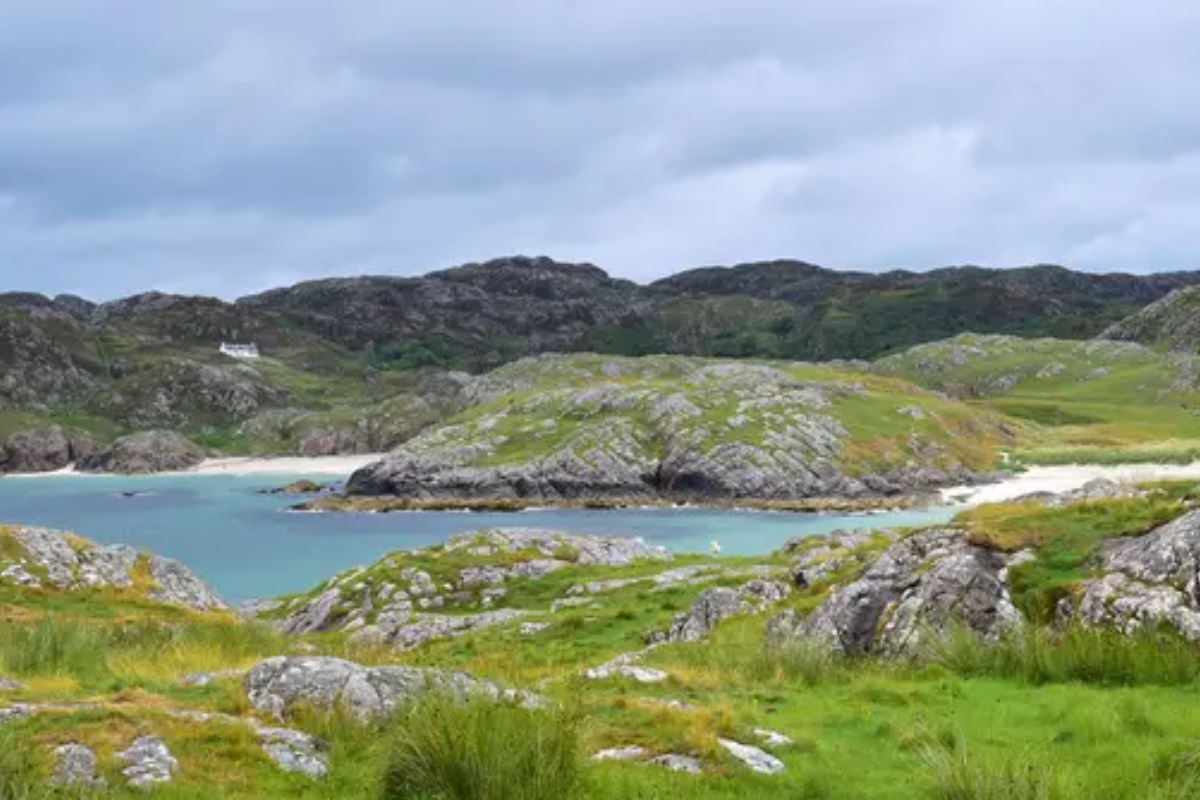
This paradise pocket features white sand and turquoise water that wouldn’t look out of place in the Caribbean. The beach sits in a sheltered bay surrounded by rocky headlands, with barely a building in sight.
The unusual clarity of the water comes from the pure white sand reflecting sunlight, creating an almost luminescent effect on sunny days.
Like Travel Pug’s content? Follow us on MSN.
Dun Dornaigil Broch
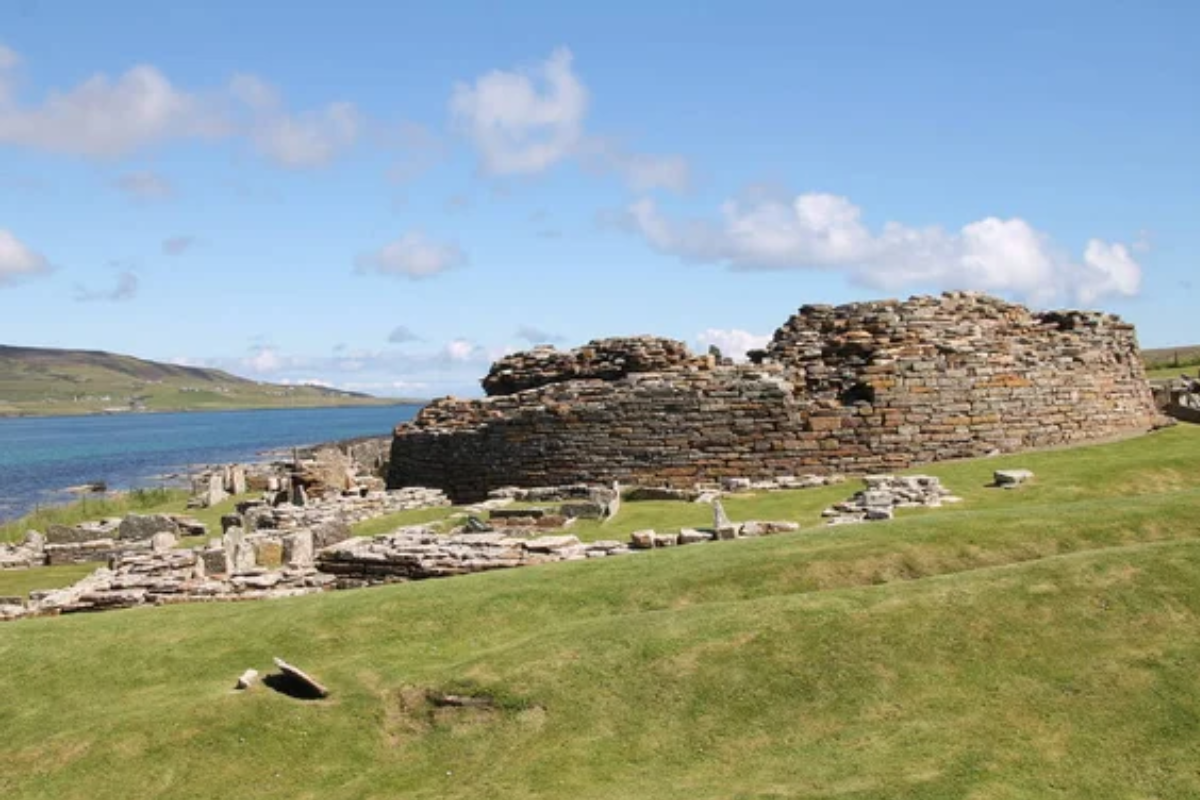
This Iron Age tower stands alone in Strathnaver, its walls reaching 25 feet high after 2,000 years. The massive triangular lintel stone over the entrance weighs several tons, a testament to the engineering skills of its ancient builders.
Archaeological evidence suggests this broch was occupied well into medieval times, making it one of Scotland’s longest continuously inhabited structures.
Fingal’s Cave
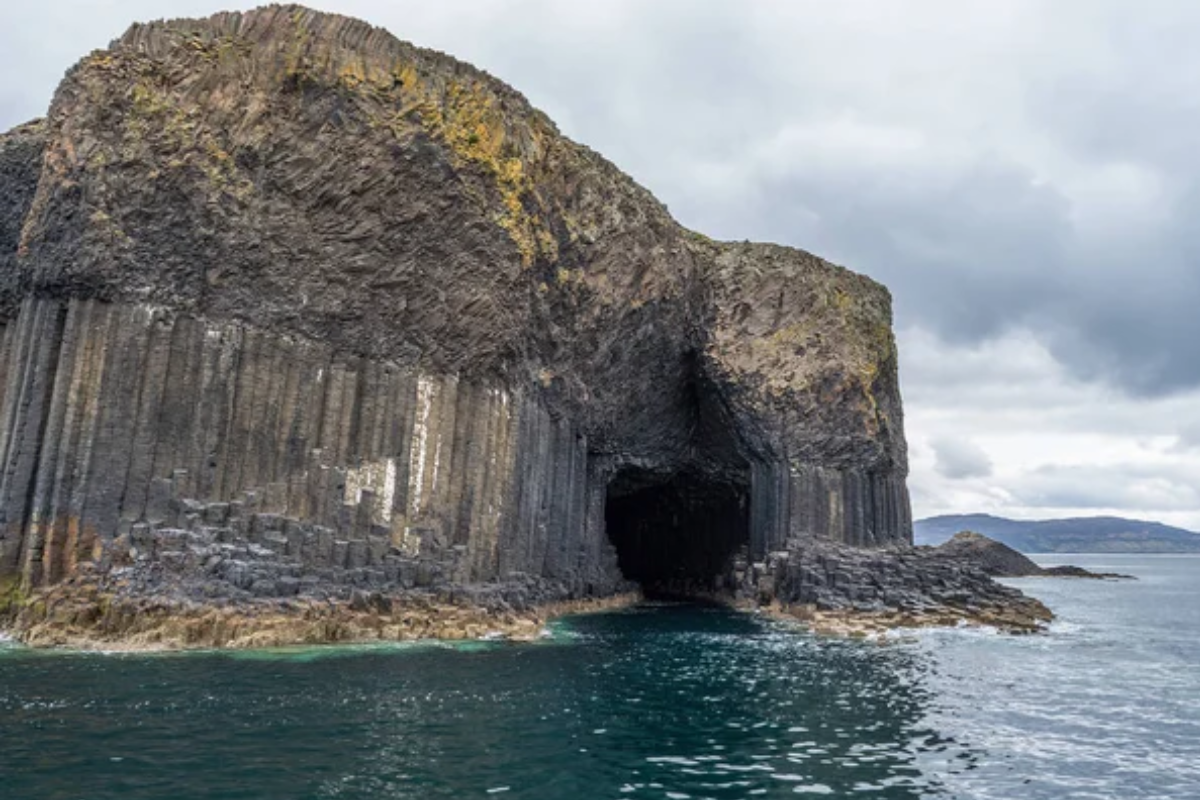
On the uninhabited island of Staffa, hexagonal basalt columns form a natural cathedral where waves create eerie musical notes. The cave inspired Mendelssohn’s Hebrides Overture, and visiting requires timing your boat trip with the tides.
The same volcanic activity that created the Giant’s Causeway in Ireland formed these columns, linking the two sites in ancient Celtic mythology.
Fyrish Monument
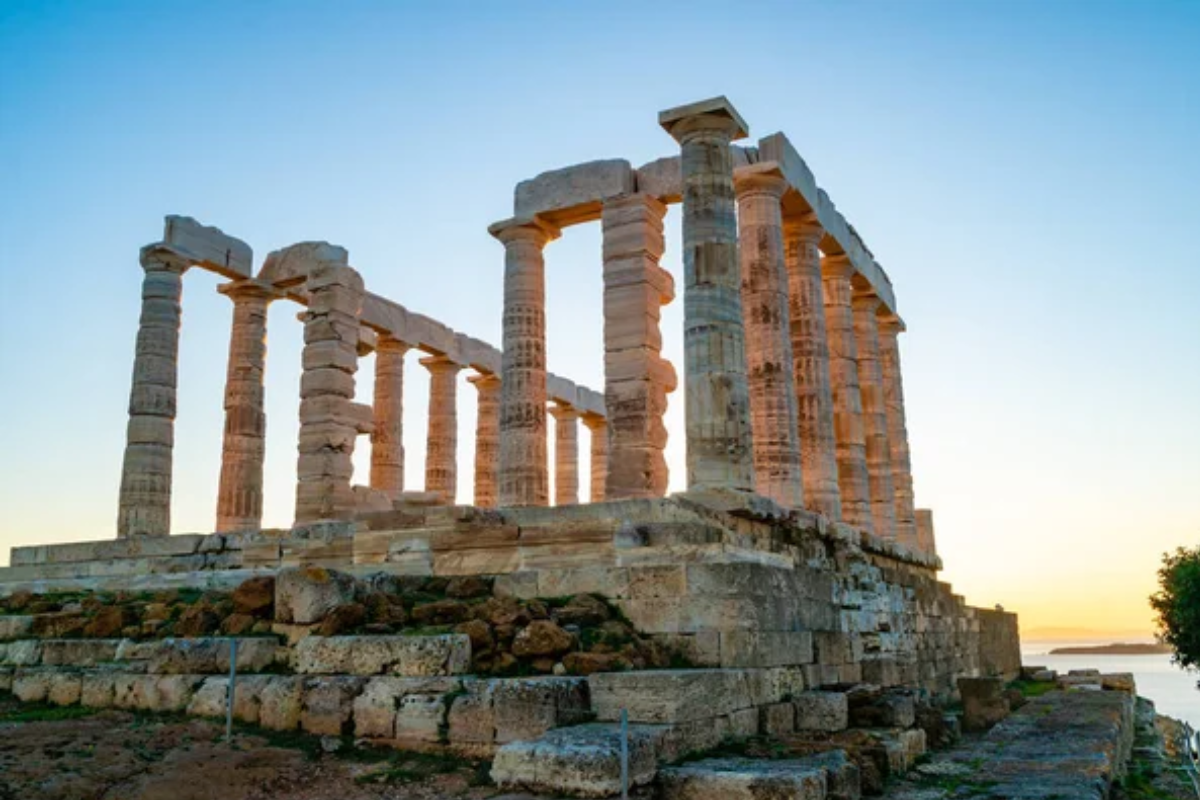
This replica of India’s Gates of Negapatam sits incongruously atop a hill. Built in 1782 by the local laird to provide work for unemployed locals, the monument offers panoramic views across the Cromarty Firth.
Sir Hector Munro erected it to commemorate his military victories in India, but locals prefer to remember it as an early example of a job creation scheme.
Like Travel Pug’s content? Follow us on MSN.
Sandaig Bay
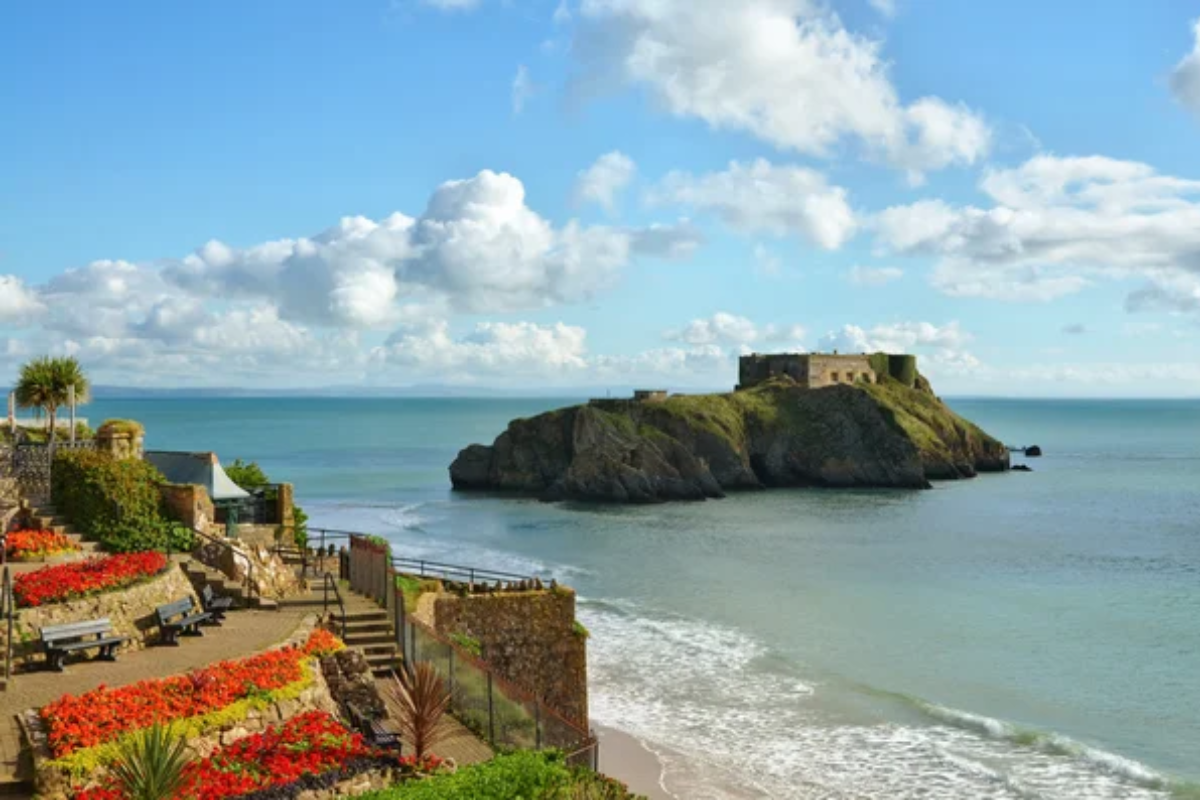
This was the real location of Gavin Maxwell’s Ring of Bright Water, where he lived with his otters. The cottage may be gone, but the white sand beach and scattered islands remain as magical as his descriptions.
Today, a memorial stone marks where Maxwell’s house stood, and wild otters still play in the kelp beds as in his famous memoir.
Grey Mare’s Tail
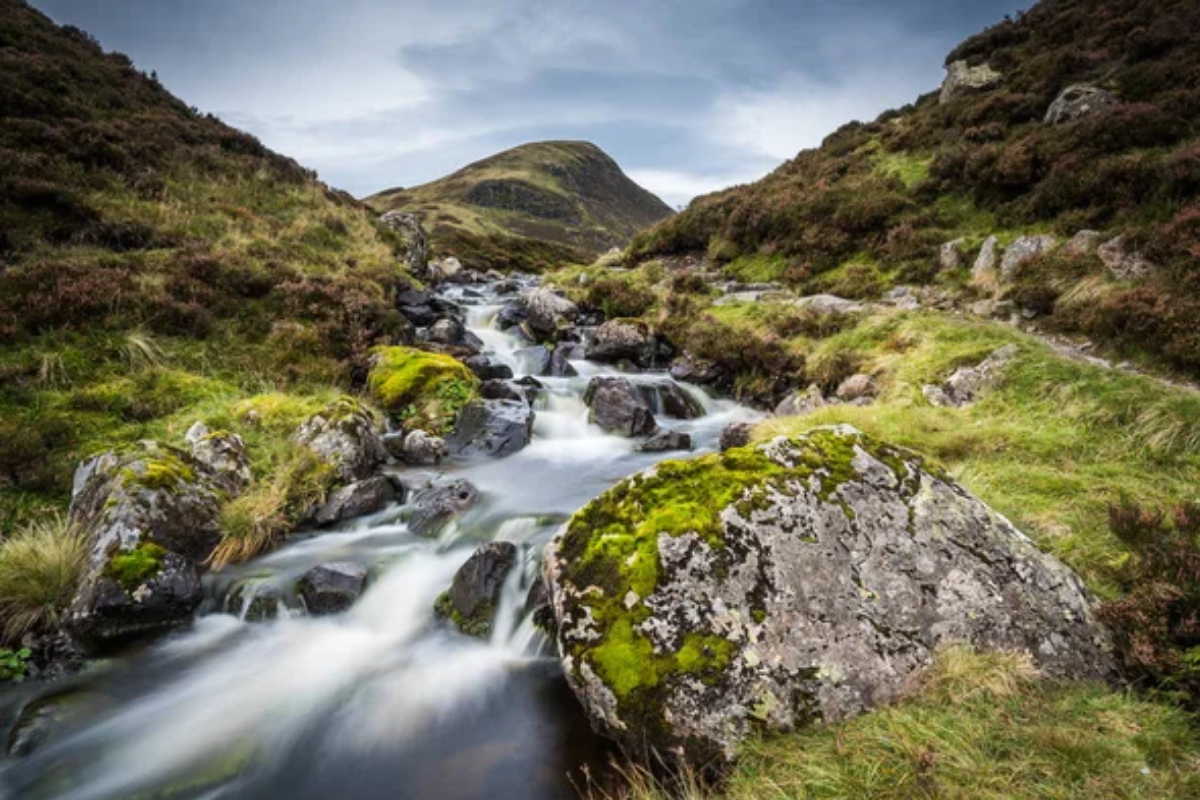
Britain’s fifth-highest waterfall cascades 200 feet down a hanging valley near Kinlochleven. The falls earned their name from their resemblance to a white horse’s tail streaming in the wind, particularly impressive after heavy rain.
The surrounding area was once the heart of Scotland’s aluminum industry, powered by hydroelectric schemes that tamed these wild waters.
Knoydart Peninsula
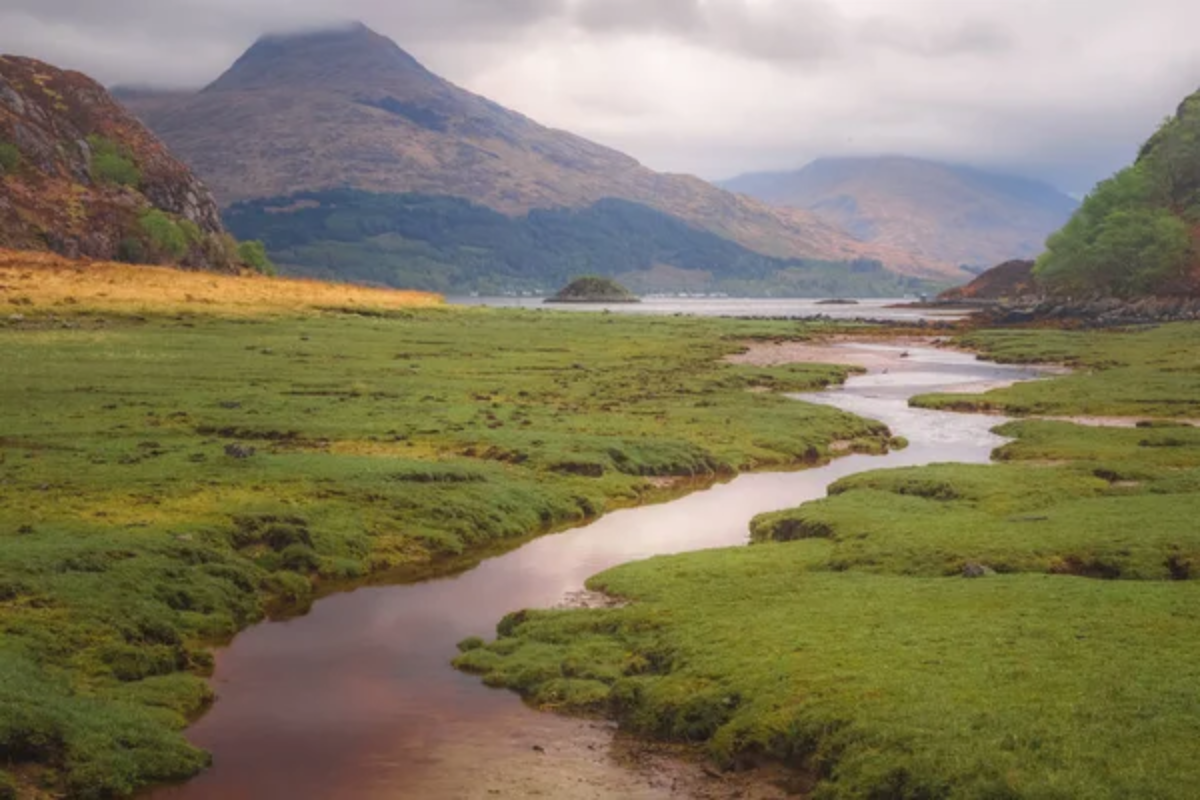
Britain’s last wilderness is accessible only by boat or a 16-mile hike through mountain passes. This isolated peninsula has no roads connecting it to the outside world, preserving a way of life that’s vanished elsewhere in Scotland.
In 1999, the community completed Britain’s last major land buyout, purchasing 17,000 acres from private ownership to ensure Knoydart remains wild and free.
Like Travel Pug’s content? Follow us on MSN.
From Forgotten Glens to Tomorrow’s Adventures
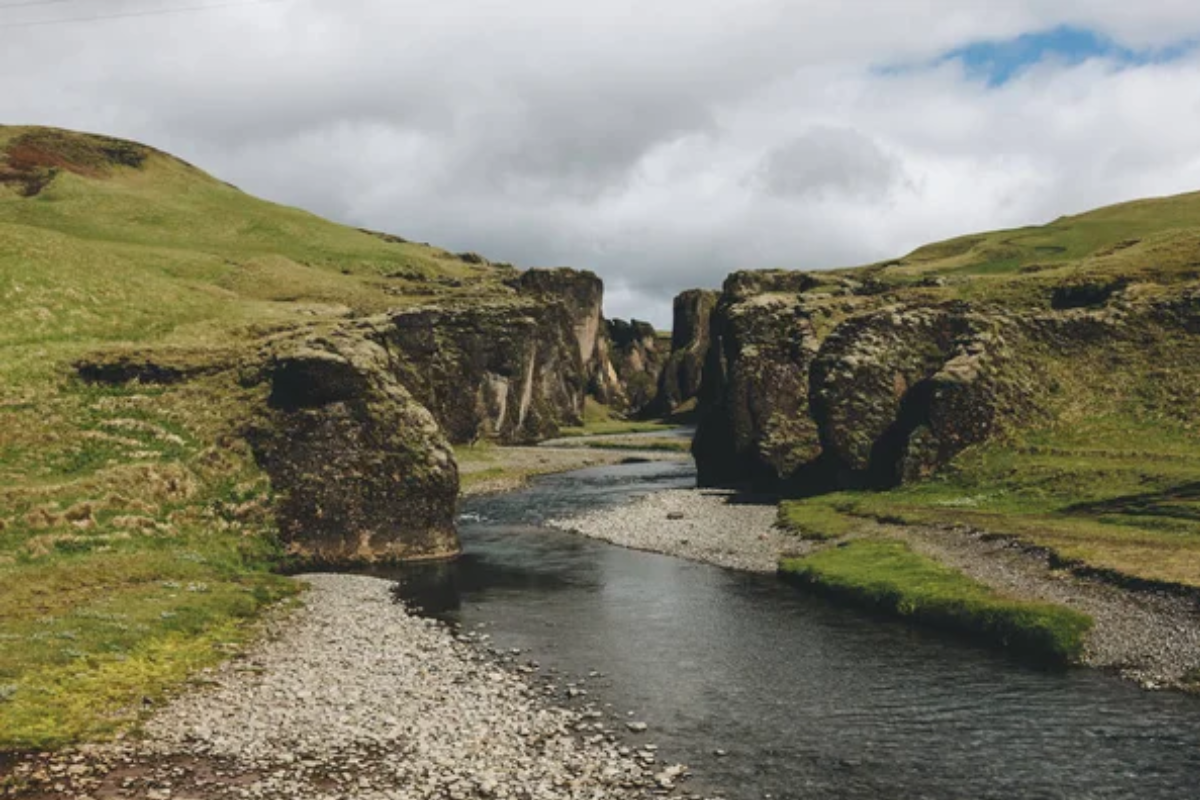
These secret corners of the Highlands tell us that there is still mystery even in our charted and measured world. Although some of these spots are now featured on hillwalking blogs and Instagram accounts, they still hold magic because the Highlands remain untamed.
Year by year, there are small changes—a rockfall in one place, a new trail in another—guaranteeing that next time around, future walkers will have their own hidden Scotland to explore. After all, the greatest treasures are those you must struggle to find.
More from Travel Pug

- Cities Growing so Fast You Won’t Recognize Them in 10 Years
- 13 Destinations Where Tourists Regularly Regret Their Trip
- 16 U.S. Cities That Are Quietly Becoming Travel Hotspots
- Where to Travel If You Love Long Bus Rides and Daydreams
- 20 Cities Perfect for Solo Travelers Who Crave Adventure & Culture
Like Travel Pug’s content? Follow us on MSN.
